In pictures: UK troops in Afghanistan 2001-2014
- Published
UK troops have handed over Camp Bastion in Afghanistan to local security forces.
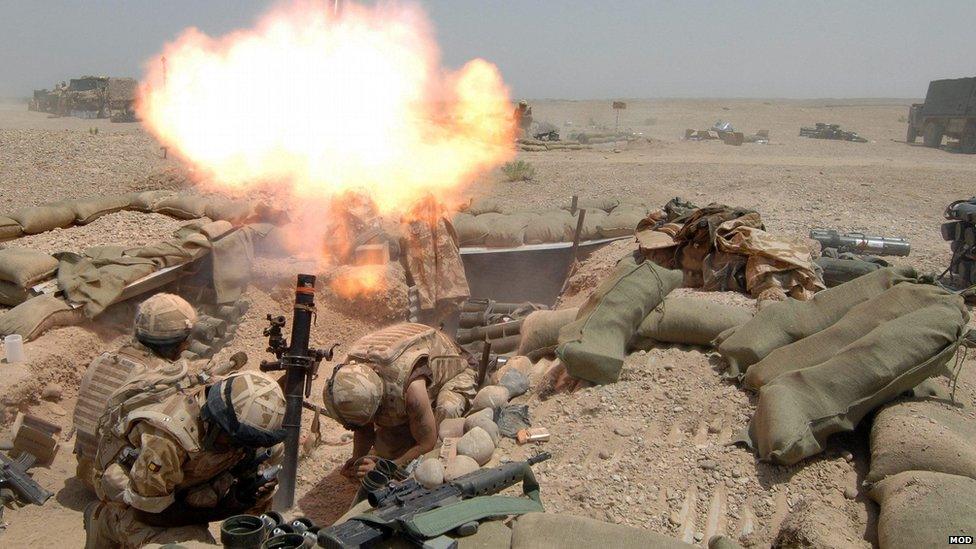
British military involvement in Afghanistan began in October 2001 in the wake of the 11 September terror attacks in the US. The UK participated in US-led airstrikes against al-Qaeda and the Taliban before becoming part of Nato operations.
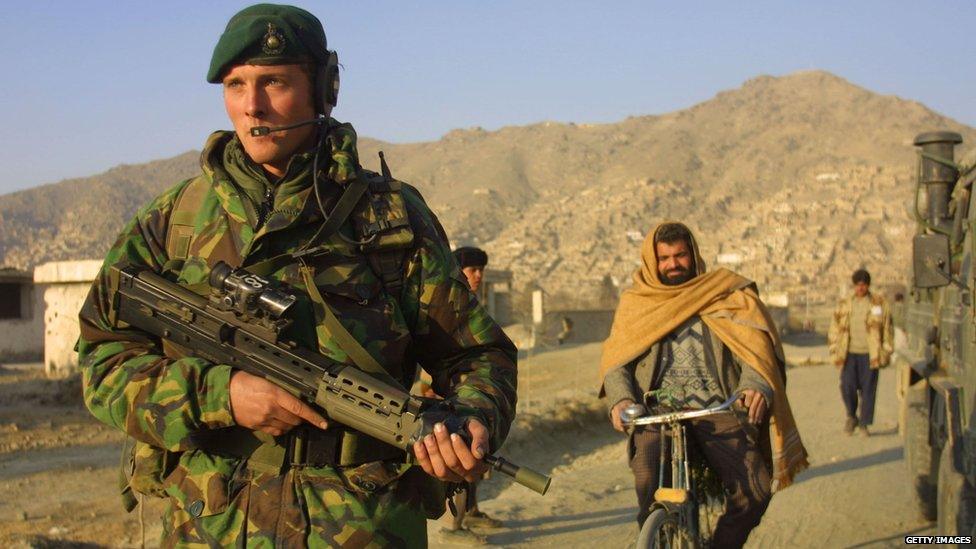
The first UK troops were deployed in November 2001 when 40 Commando Royal Marines helped secure Bagram airfield near Kabul. Marines later patrolled Afghanistan's capital city.
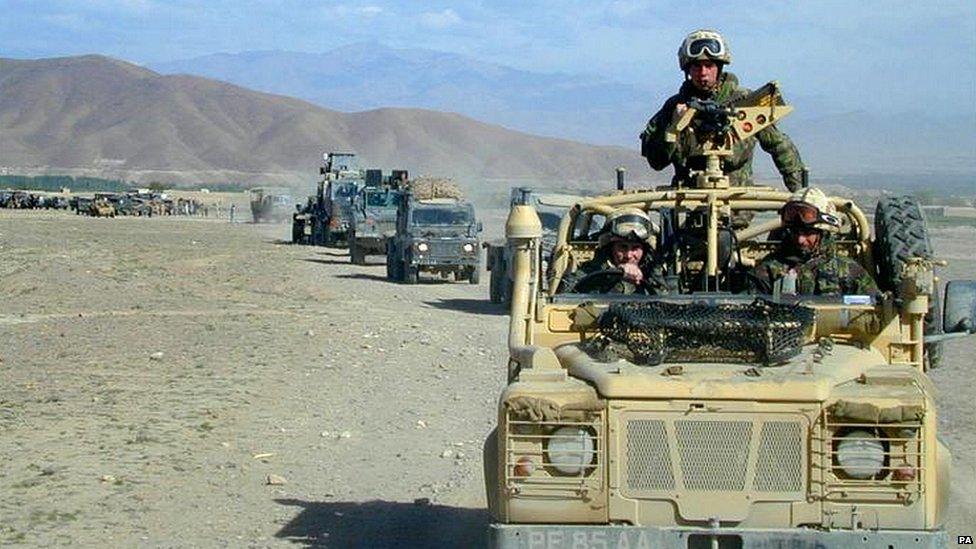
In May 2002 Royal Marines were sent to mountain regions to help search for Taliban and al-Qaeda fugitives. Between 2002 and 2006 the UK deployed armed forces and civilian personnel to Afghanistan to help in its reconstruction. Military operations were conducted under the name Operation Herrick.
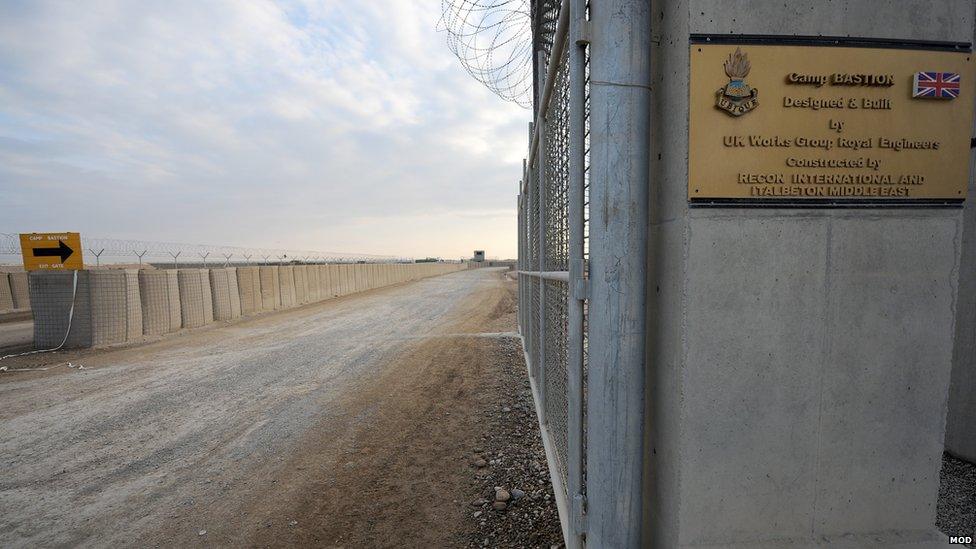
The main British base, Camp Bastion, was constructed in 2006 in a desert area of Helmand province by 39 Engineer Regiment. The size of Reading, at one point it was home to almost 30,000 personnel from a number of coalition nations including the UK, US, Afghanistan and Denmark.
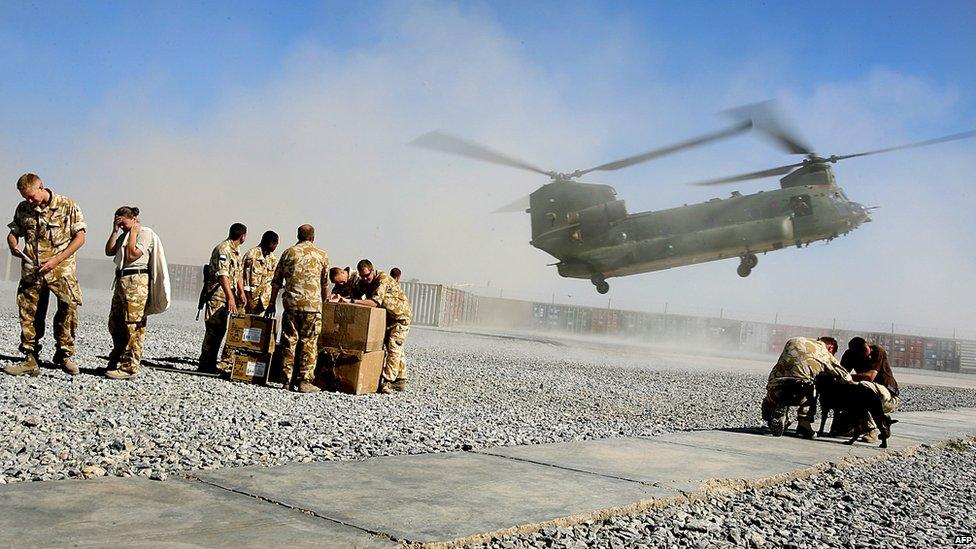
The UK assumed command of Nato's International Security Assistance Force for a year in May 2006. At the height of operations in 2009, UK forces numbered 9,500 personnel, generally serving six-month tours of duty.
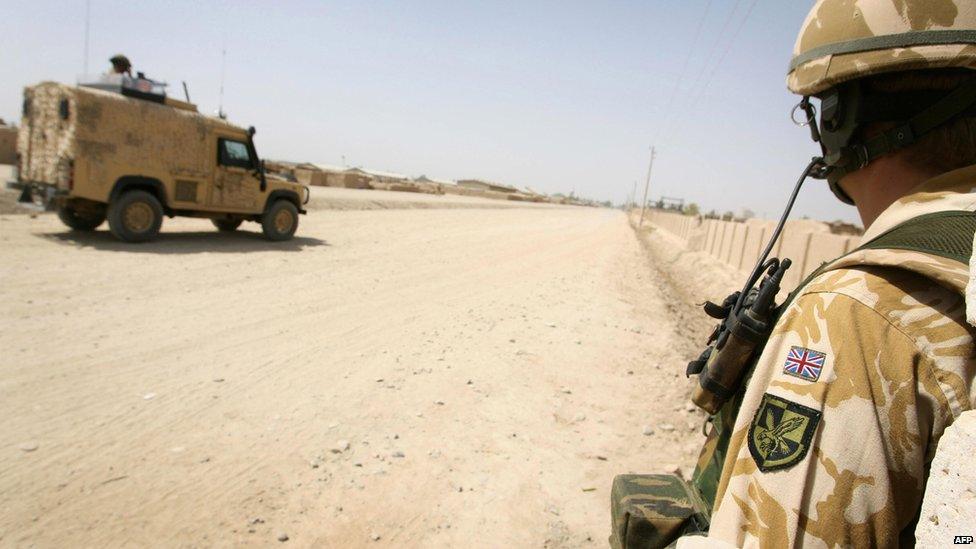
A total of 453 members of the Army, RAF, Royal Marines and special forces have lost their lives in the conflict. Casualties increased sharply in 2006 after Nato took over leadership of operations in the Taliban stronghold in the south. About half of all British deaths were caused by explosions, many while personnel were out on patrol.
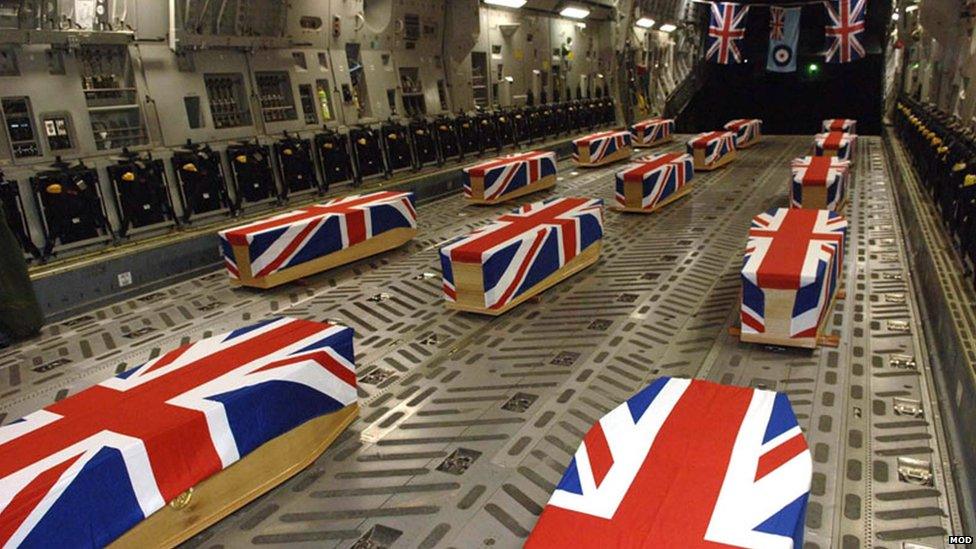
The greatest loss of life in a single incident took place in September 2006, when 14 servicemen died when their RAF Nimrod spy plane exploded in mid air. An inquiry found the blast was due to a malfunction. The highest annual number of fatalities took place in 2009, when there were 107 deaths.
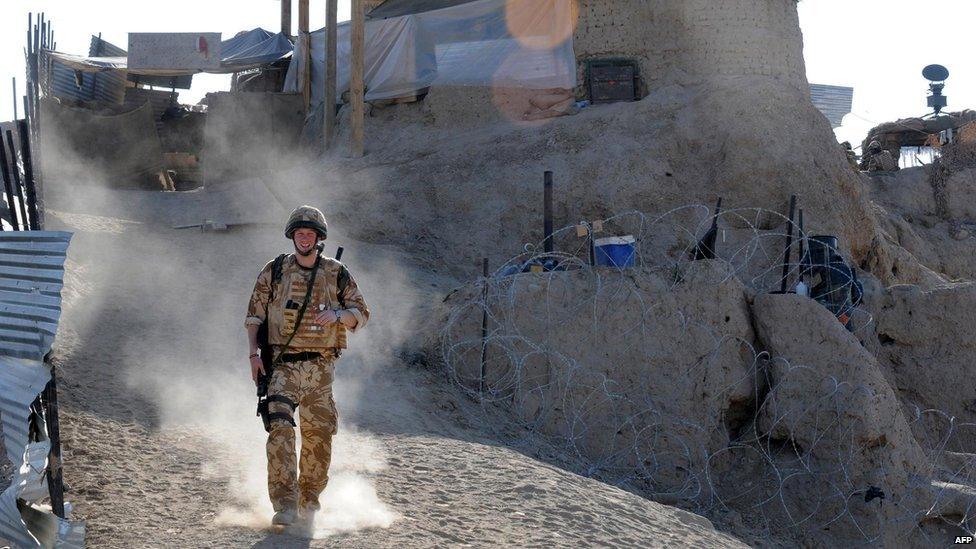
In 2008, Prince Harry became the first member of the Royal Family to serve in a conflict zone since the Falklands War. His deployment at an Army operating base ended after three months when foreign media broke a news blackout. In 2012, he returned for a four-month tour of duty as an Apache attack helicopter pilot.
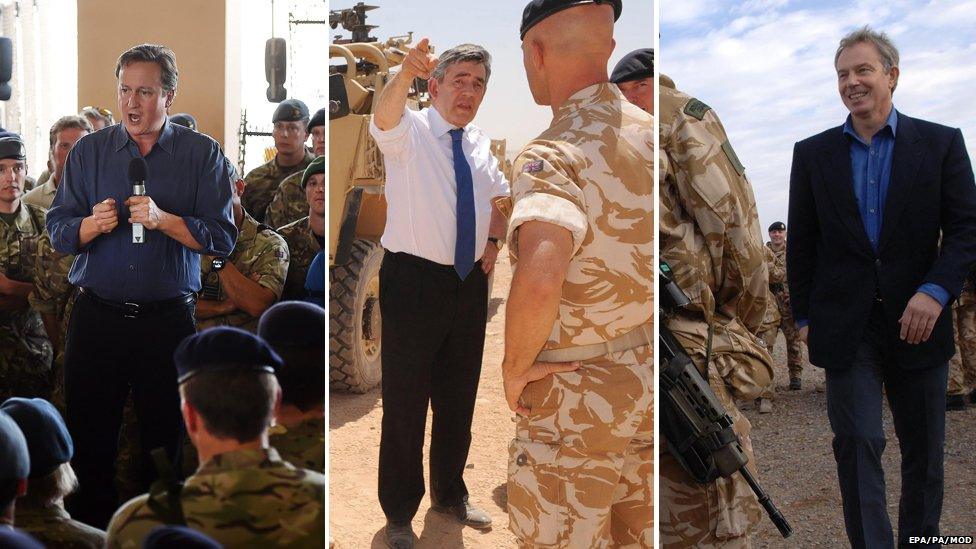
UK operations in Afghanistan have taken place over the tenure of three prime ministers - David Cameron, Gordon Brown and Tony Blair all visited troops at Camp Bastion.

Camp Bastion has its own water bottling plant, hospital, police force, churches and leisure facilities. Gunners from the British Army's 32 Regiment Royal Artillery celebrated a Team GB victory during the London Olympics in 2012.
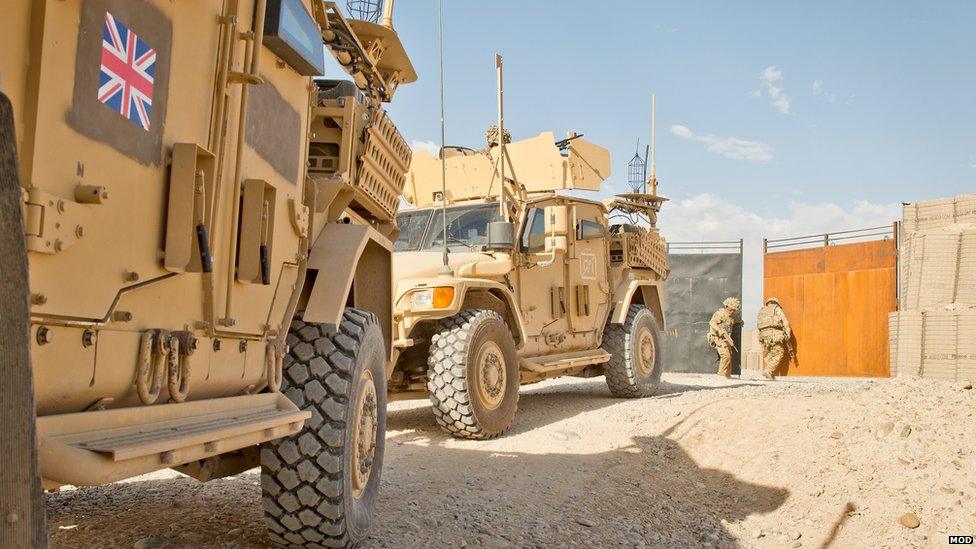
The withdrawal of international forces was announced by Afghanistan in 2010. The British drawdown formally began in April this year, when the UK task force in Helmand was disbanded. The last UK patrol base, Sterga 2, was closed by soldiers from 4 Scots on 10 May 2014.
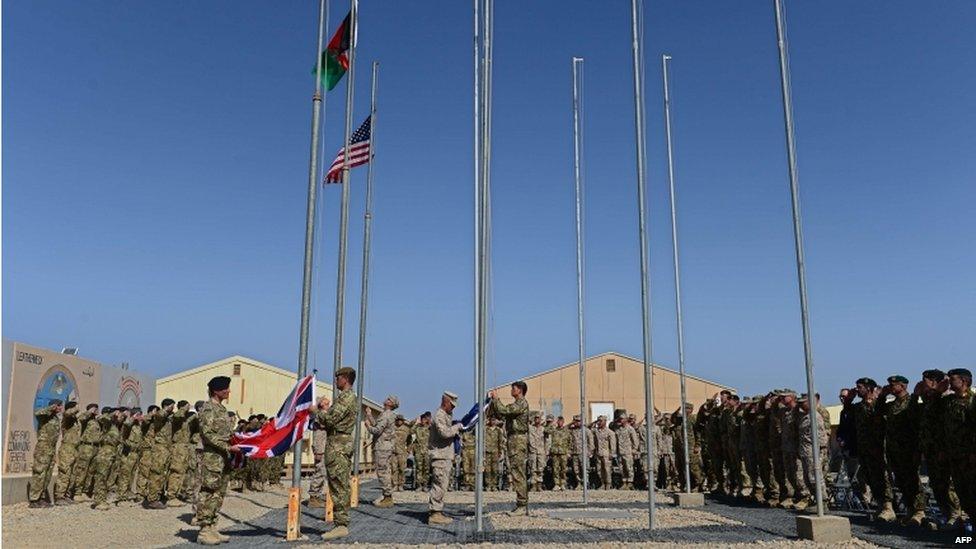
The UK base at Camp Bastion and the adjoining US base, Camp Leatherneck, were both handed over to Afghan forces at a ceremony on 26 October 2014
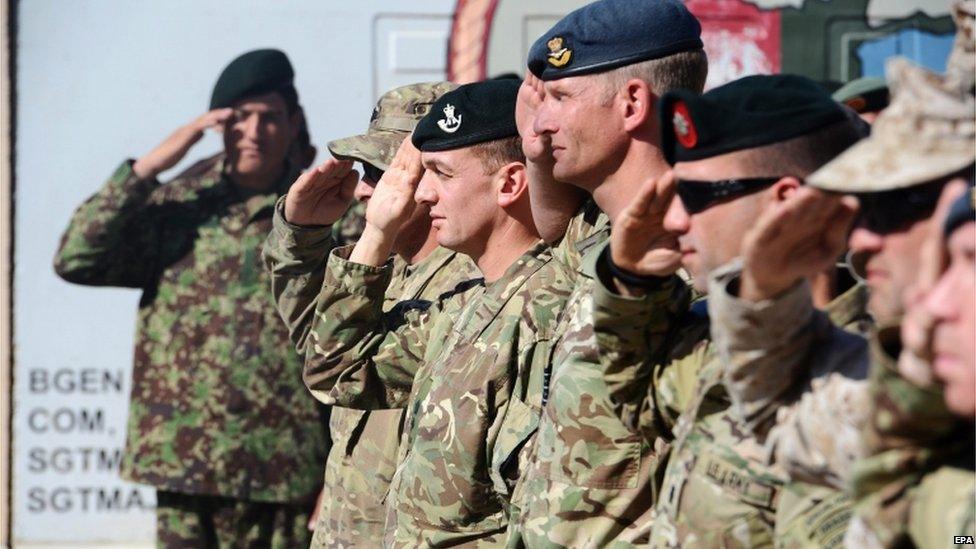
A total of 453 British troops died during the UK's conflict operations in Afghanistan. Speaking as those operations formally ended, UK Defence Secretary Michael Fallon said UK troops would not return to fight in Afghanistan "under any circumstances".